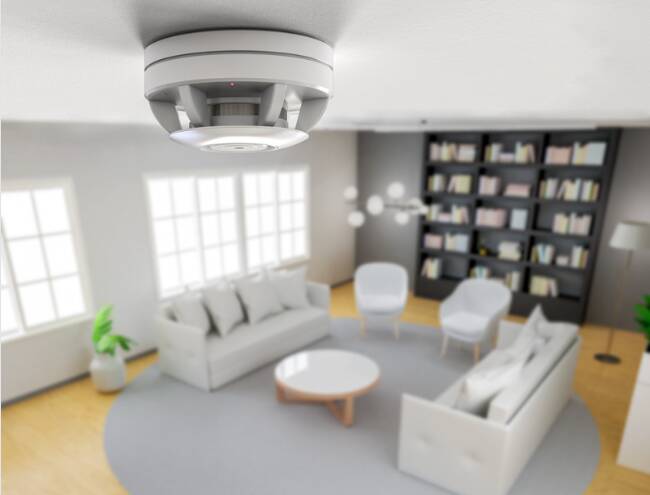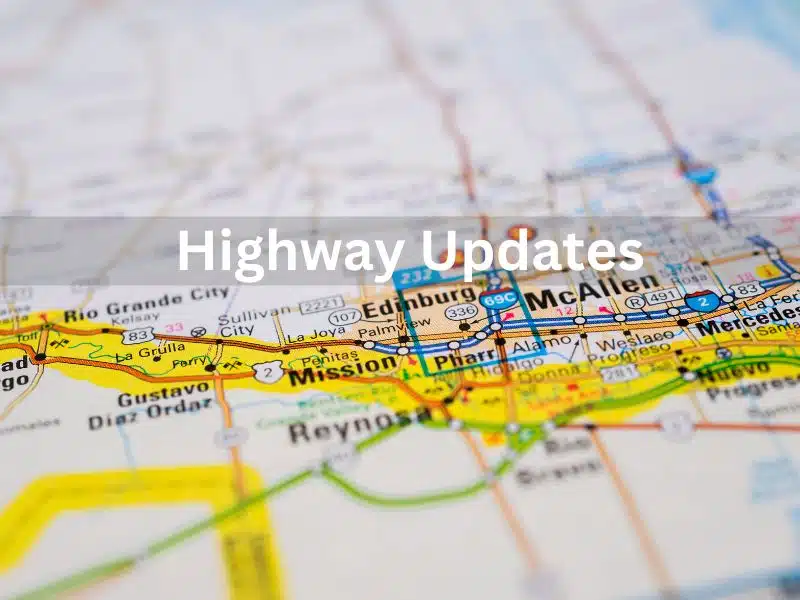
The Dangers of Carbon Monoxide: A Legal Perspective on Safety and Accountability
Blog Personal Injury Property ClaimsCarbon monoxide (CO) is often referred to as the “silent killer,” and for good reason. This colorless, odorless, and tasteless gas can be fatal, making it a significant public health concern. From a legal perspective, the dangers associated with carbon monoxide exposure extend beyond the immediate health risks; they encompass issues of liability, negligence, and accountability. This article explores the dangers of carbon monoxide, the legal implications for property owners, manufacturers, and employers, and the essential legal protections available to victims of carbon monoxide poisoning. If you would like to learn more about how to avoid carbon monoxide poisoning at home, visit the Texas Department of Insurance for helpful information.
1. Understanding Carbon Monoxide: A Silent Threat
Carbon monoxide is a byproduct of the incomplete combustion of carbon-containing fuels such as wood, gasoline, natural gas, and charcoal. Unlike other gases, CO does not have a detectable smell, taste, or color, making it nearly impossible to detect without specialized equipment.
2. Health Risks Associated with Carbon Monoxide Exposure
Acute Exposure:
- Symptoms: Headaches, dizziness, weakness, nausea, confusion, and shortness of breath.
- Severe Cases: Loss of consciousness, brain damage, or death.
Chronic Exposure:
- Symptoms: Long-term exposure to low levels of carbon monoxide can lead to persistent headaches, depression, confusion, memory loss, and heart complications.
3. Legal Obligations and Responsibilities
3.1. Landlord and Property Owner Liability
Property owners, especially landlords, have a legal obligation to ensure that their premises are safe for occupants. This includes the installation and maintenance of carbon monoxide detectors.
- Duty of Care: Landlords must regularly inspect heating systems, chimneys, and other potential CO sources to prevent the risk of carbon monoxide leaks.
- Legal Precedents: Courts have consistently held landlords accountable for carbon monoxide poisoning incidents due to negligence.
3.2. Employer Responsibilities
Under Occupational Safety and Health Administration (OSHA) regulations, employers must ensure that workplaces are free from recognized hazards, including carbon monoxide exposure.
- Workplace Safety: Employers in industries like manufacturing, construction, and transportation must monitor CO levels and provide proper ventilation.
- Legal Recourse for Employees: Employees affected by carbon monoxide exposure at work may be entitled to compensation under workers’ compensation laws or through civil litigation.
4. Carbon Monoxide Detectors: A Critical Safety Measure
4.1. Legal Requirements
Many jurisdictions have enacted laws requiring the installation of carbon monoxide detectors in residential and commercial properties. Non-compliance with these laws can lead to severe penalties and increased liability in the event of an incident.
4.2. Product Liability Concerns
Manufacturers of carbon monoxide detectors must ensure that their products are reliable and meet safety standards. Failure to do so can result in product liability claims if a defective detector fails to prevent poisoning.
5. Legal Recourse for Victims of Carbon Monoxide Poisoning
Victims of carbon monoxide poisoning have several legal avenues to pursue compensation:
- Personal Injury Claims: Victims can sue for damages if they can prove that their injury was due to the negligence of another party.
- Wrongful Death Claims: In cases of fatal exposure, the victim’s family can file a wrongful death lawsuit.
- Class Action Lawsuits: Multiple victims affected by the same source of carbon monoxide can collectively sue responsible parties.
6. Defending Against Carbon Monoxide Claims
For those accused of negligence or liability in carbon monoxide cases, a robust defense strategy is essential:
- Challenging Causation: Defense may focus on proving that the carbon monoxide exposure did not cause the plaintiff’s injuries.
- Compliance with Regulations: Demonstrating adherence to safety regulations and best practices can mitigate liability.
7. The Role of Insurance in Carbon Monoxide Cases
Insurance plays a crucial role in carbon monoxide litigation:
- Property Insurance: Covers damages and liability for carbon monoxide incidents in homes and businesses.
- Workers’ Compensation Insurance: Provides coverage for employees affected by carbon monoxide at work.
8. Recent Legal Developments in Carbon Monoxide Cases
Recent court decisions and legislative changes reflect an increased focus on carbon monoxide safety. For instance:
- Stricter Building Codes: New laws may require more extensive use of CO detectors.
- Increased Penalties: Jurisdictions are imposing harsher penalties for non-compliance with CO safety regulations.
9. The Importance of Public Awareness and Education
Raising public awareness about the dangers of carbon monoxide is vital for preventing poisoning incidents. Legal professionals, public health officials, and community leaders must collaborate to educate the public on the importance of CO detectors and regular maintenance of fuel-burning appliances.
10. The Future of Carbon Monoxide Safety Legislation
As technology evolves, so too will carbon monoxide safety measures. Future legislation may include:
- Advanced Detection Technologies: Mandating the use of smart CO detectors with connectivity features for real-time monitoring.
- Enhanced Legal Protections: Strengthening laws to protect vulnerable populations, such as the elderly and children, from CO exposure.
FAQs
- What are the symptoms of carbon monoxide poisoning? Symptoms include headaches, dizziness, nausea, confusion, and in severe cases, unconsciousness or death.
- Are landlords legally required to install carbon monoxide detectors? Yes, many jurisdictions require landlords to install and maintain carbon monoxide detectors in rental properties.
- Can I sue my employer for carbon monoxide exposure at work? Yes, if your employer’s negligence led to carbon monoxide exposure, you may be entitled to compensation.
- What should I do if I suspect carbon monoxide poisoning? Immediately evacuate the area, seek fresh air, and contact emergency services. Also, get a medical evaluation as soon as possible.
- Who can be held liable in carbon monoxide poisoning cases? Potentially liable parties include property owners, employers, and manufacturers of faulty carbon monoxide detectors.
- How can I prevent carbon monoxide poisoning in my home? Install carbon monoxide detectors, regularly maintain appliances, and ensure proper ventilation in areas where fuel-burning devices are used.



